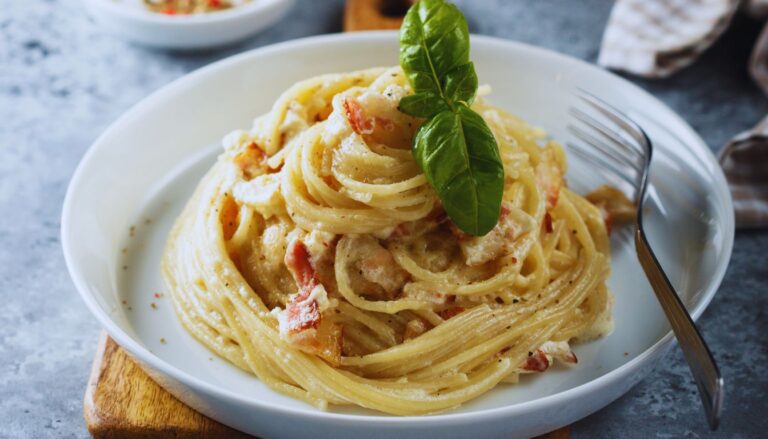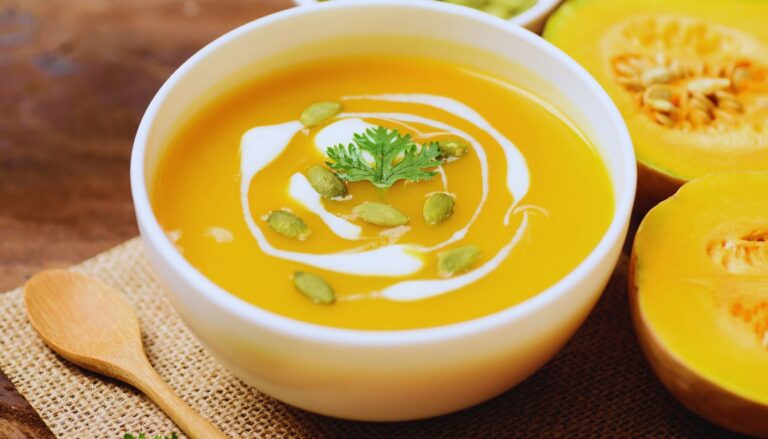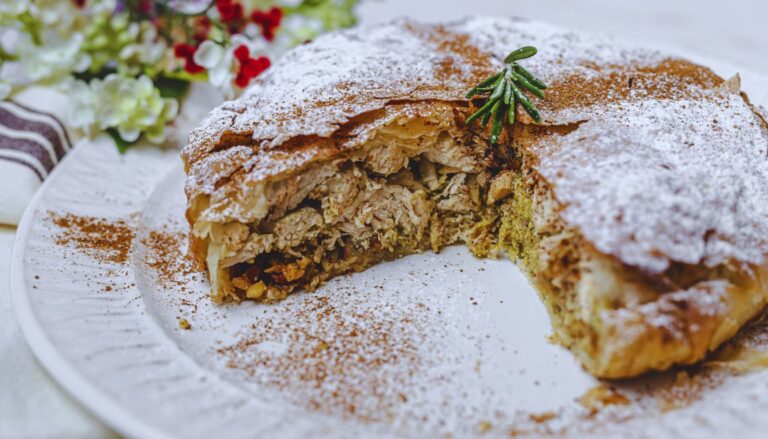Juju Dhau, Bhaktapur Nepal
In the ancient city of Bhaktapur, where time-worn temples pierce the Himalayan sky, a sacred tradition continues to captivate both locals and travelers alike: Juju Dhau, the “King Curd.” This golden, creamy yogurt, served in traditional clay pots, represents not just a dairy delicacy but a living testament to Nepal’s rich cultural heritage. As you wander through Bhaktapur’s narrow brick lanes, the sweet aroma of this royal treat beckons, promising a taste of tradition that has endured for centuries.
Table of Contents
Origins and History
The story of Juju Dhau (“King Curd” in Newari language) dates back over 2,000 years, deeply rooted in the Newar community of Bhaktapur.
Historical Evolution
- Originally crafted for Malla dynasty kings
- Traditional recipe preserved through generations
- Developed as a sacred offering for festivals
Cultural Development
- Evolved from simple curd to ceremonial delicacy
- Perfected by Newari craftsmen over centuries
- Became symbol of Bhaktapur’s culinary excellence
Cultural Significance
Juju Dhau holds a revered position in Nepalese society:
Religious Importance
- Essential offering during Hindu festivals
- Used in Buddhist ceremonies
- Considered auspicious for new beginnings
Social Role
- Mandatory presence at weddings
- Given as gifts during special occasions
- Central to community gatherings
Traditional Value
- Symbol of Bhaktapur’s cultural identity
- Representation of artisanal craftsmanship
- Source of community pride
Ingredients and Preparation
The creation of Juju Dhau is an intricate process requiring skill and patience:
Essential Ingredients
- Fresh buffalo milk
- Natural culture starter
- Local honey
- Traditional spices
Special Equipment
- Clay pots (handmade)
- Cotton cloth for warmth
- Wooden stirring tools
- Traditional fermentation mats
Preparation Process
- Milk heating and cooling techniques
- Culture addition and mixing
- Temperature control methods
- Natural fermentation period
Where to Try It
Popular Areas in Bhaktapur
- Durbar Square vicinity
- Pottery Square shops
- Traditional market lanes
Notable Establishments
- Royal Curd Center
- Krishna Dairy
- Heritage Curd House
Local Markets
- Morning fresh markets
- Evening street vendors
- Traditional sweet shops
Eating Etiquette and Customs
Understanding local customs enhances your Juju Dhau experience:
Traditional Serving Methods
- Always served in clay pots
- Eaten with traditional brass spoons
- Best consumed fresh
Cultural Practices
- Respectful handling of clay vessels
- Proper sitting position while eating
- Traditional thanksgiving gestures
Seasonal Considerations
Best Times to Experience
- Spring (March-May)
- Festival seasons
- Morning hours for freshest batches
Weather Impact
- Winter requires longer fermentation
- Summer brings faster preparation
- Monsoon affects milk availability
Modern Interpretations
While maintaining tradition, some adaptations exist:
Contemporary Variations
- Organic versions
- Tourist-friendly packaging
- Extended shelf-life options
Innovation Balance
- Preservation of traditional methods
- Sustainable production practices
- Quality control standards
Practical Information and Travel Tips
Visiting Guidelines
- Best visited during morning hours
- Cultural dress code recommendations
- Photography etiquette in shops
Transportation
- Local bus routes from Kathmandu
- Walking routes in Bhaktapur
- Taxi recommendations
Health Considerations
- Choose reputable vendors
- Check freshness indicators
- Proper storage temperatures
Making Your Juju Dhau Journey Memorable
Immerse yourself in the ancient art of Juju Dhau by visiting traditional makers, learning about the fermentation process, and savoring this royal treat in its authentic clay vessel. Remember that each spoonful connects you to centuries of Newari tradition and the cultural heart of Bhaktapur.













